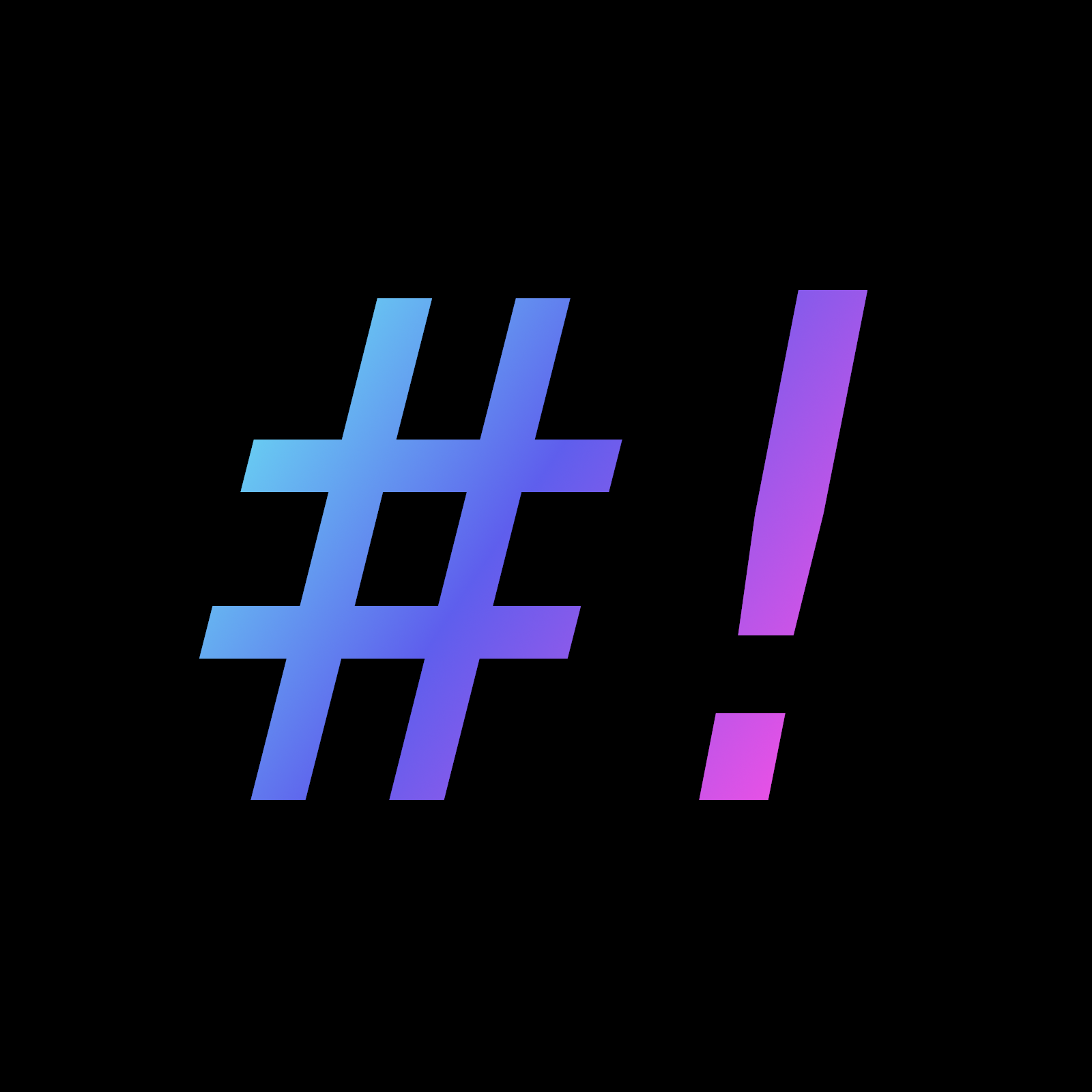- 4 Posts
- 6 Comments

 2·17 days ago
2·17 days agoAh that’s good to know about zsh.
Sorry regarding the second code block; it does indeed work as intended, and quite elegantly.

 1·17 days ago
1·17 days agoFor the first code snippet to run correctly,
$listwould need to be put in double quotes:echo "$list" | ..., because otherwiseechowill conflate the various lines into a single line.The for loop approach is indeed quite readable.
To make it solve the original task (which here means that it should also assign a number just smaller than $threshold to $tail, if $threshold is not itself contained in $list), one will have to do something in the spirit of what @Ephera@lemmy.ml and I describe in these comments.

 3·17 days ago
3·17 days agoThank you, in fact I ended up doing something that’s mathematically pretty much just that: I have the previous line stored in an auxiliary variable
lastline, and it is the evaluation of the current line$0that determines whether the previous line gets printed.awk -v threshold=150 'BEGIN {lastline=""} (lastline!="" && threshold<$0){print lastline} #the additional check lastline!="" prevents an empty line at the very beginning {lastline=$0} END{print} #hardcode printing of the very last line, because otherwise it would never be printed 'Of note, in the case where some list entries are repeated, the behavior of this script will be:
- The threshold value, if it’s in the list, will always be printed just once, even if it occurs multiple times in the list, and also if it happens to be the first, last, or only entry in the list.
- All larger entries will be printed exactly as often as they occur in the list. This even holds for the largest value: its last repetition will be printed via the final
END{print}statement, whereas all preceding instances get printed through the statement that depends onthreshold<$0.
(IIRC, it was a StackOverflow post that led me to this.)

 1·22 days ago
1·22 days agoVery specifically for learning about GNU/Linux and Unix, I highly recommend the book Classic Shell Scripting by Arnold Robbins and Nelson Beebe (O’Reilly Media, 2005).
ISBN: 9780596005955
I recently wrote the following about it in a post:
This book is extremely readable and gives a very good introduction to the various standard Unix shell commands (grep, sed, awk, tr, sort, to name but a few) and how to tie them together to do useful things. It’s very suitable if you have some experience with the command line at the level of individual commands but now want to see how to do construct more interesting pipelines and scripts. It includes an introduction to regular expressions. The fact that the book is already 20 years certainly means that some explanations and approaches are outdated, but since shell programming is at the core about text processing, almost all contents of the book are still highly relevant today.

 15·1 month ago
15·1 month agoOr get a used thin client (e. g. HP T620, T630, T640 or Dell Wyse 5070). Cost: ~40-100$. Biggest advantage: Passive cooling, i. e. they’re absolutely quiet.


Perfect, thanks for the explanation. Indeed, I found the same solution via StackOverflow about simultaneously.